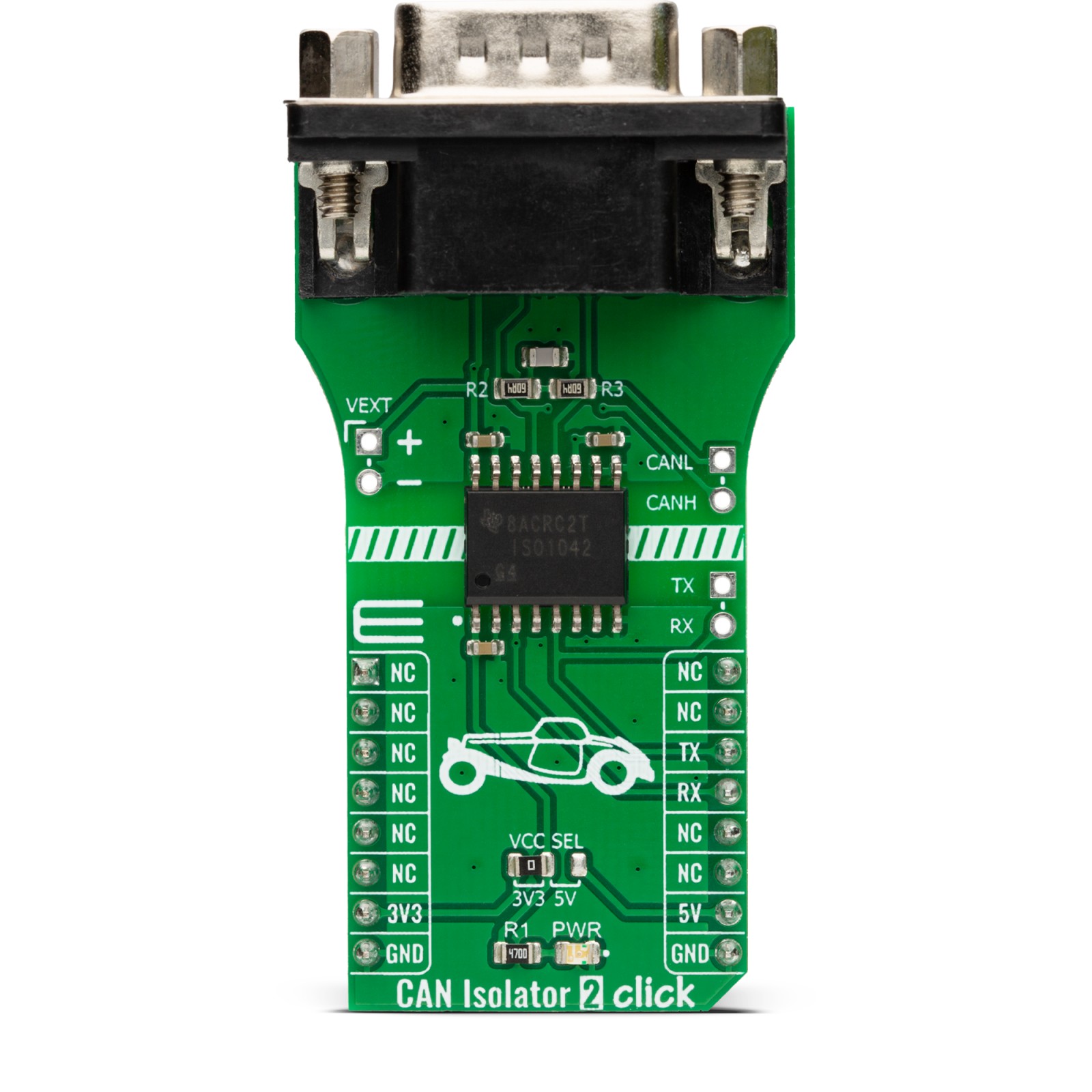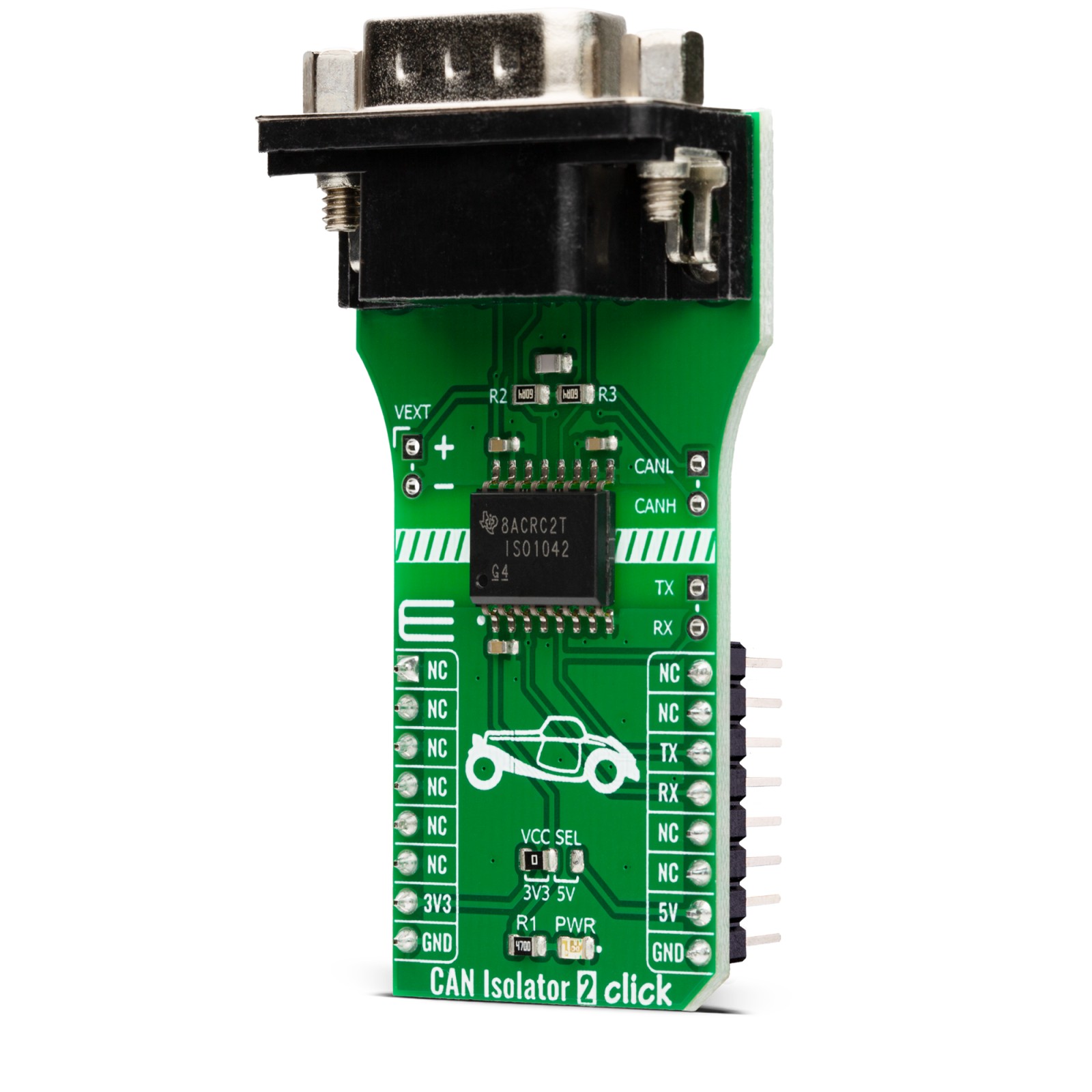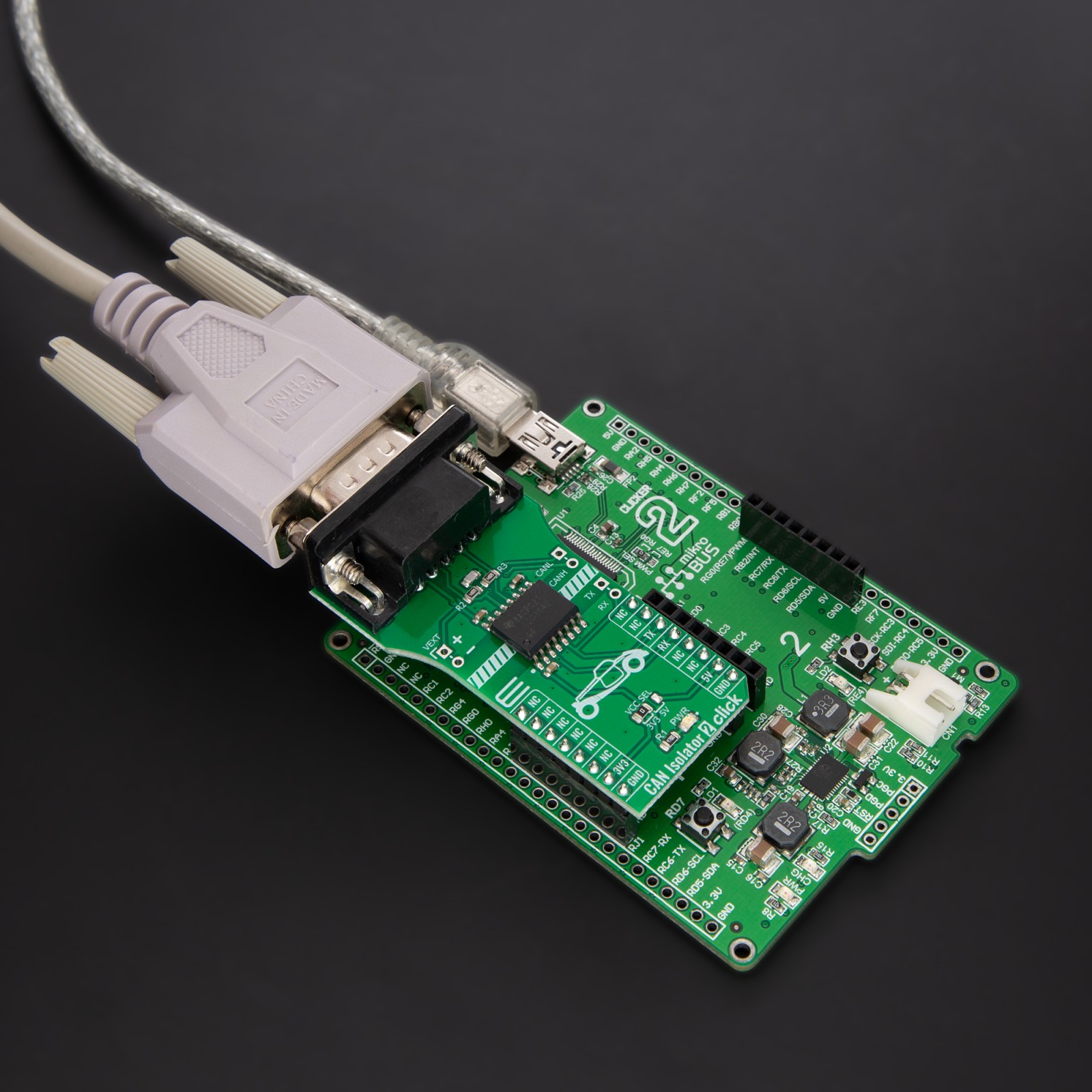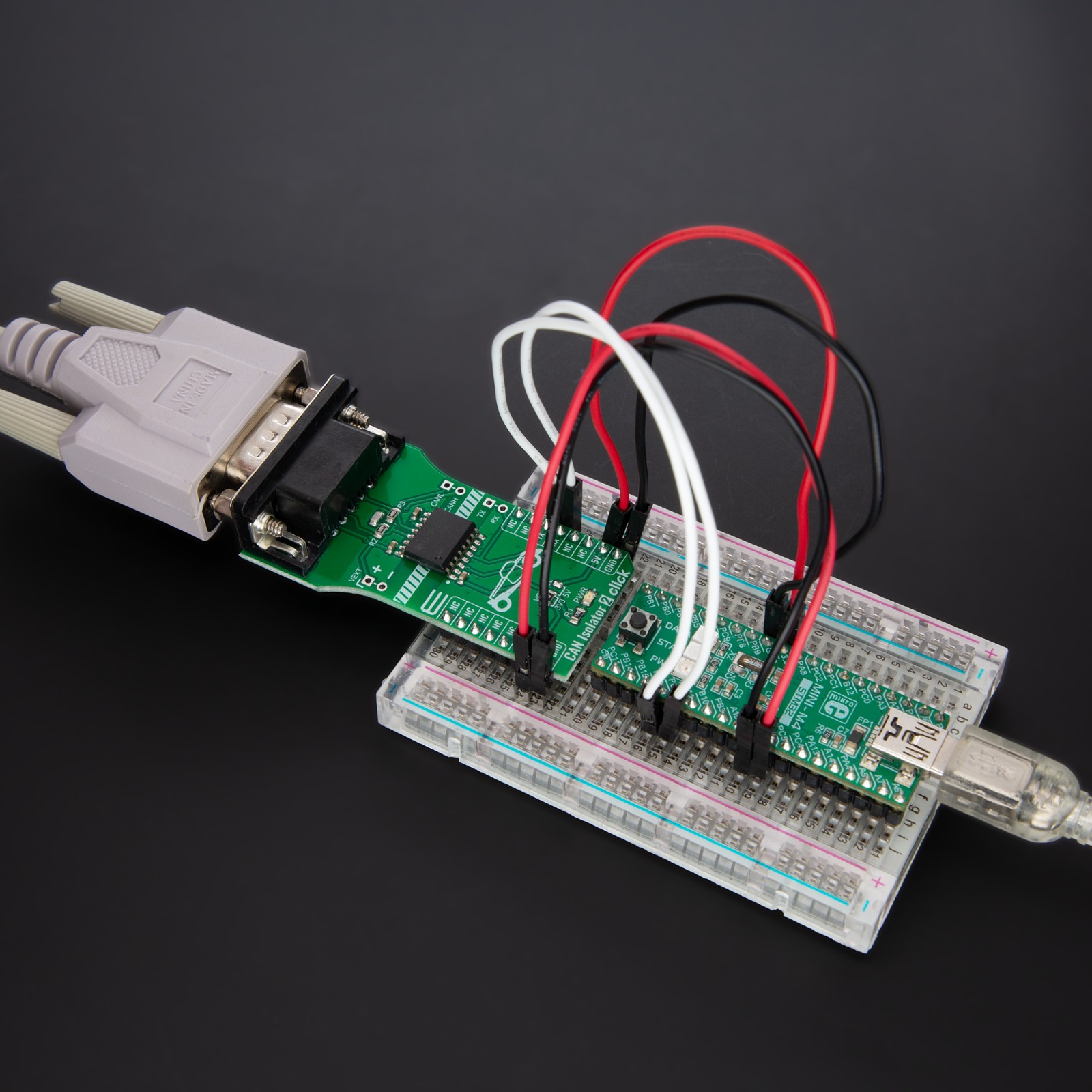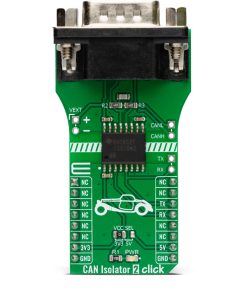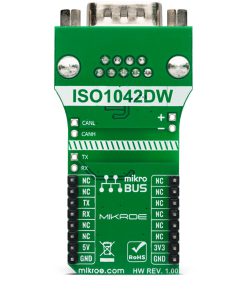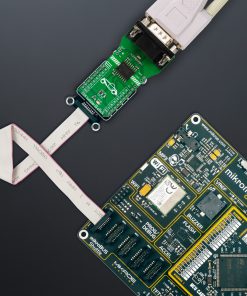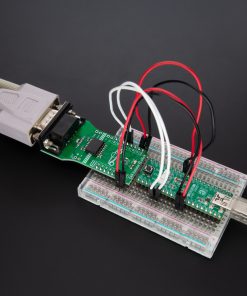-
×
 MPU 9DOF Click
1 × R550.00
MPU 9DOF Click
1 × R550.00 -
×
 microSD Click
1 ×
microSD Click
1 × R355.00R319.50 -
×
 GSM/GNSS Click
1 ×
GSM/GNSS Click
1 × R1,700.00R1,530.00 -
×
 BEE Click
1 ×
BEE Click
1 × R800.00R720.00 -
×
 Alcohol Click
1 ×
Alcohol Click
1 × R335.00R301.50 -
×
 Proximity Click
1 × R220.00
Proximity Click
1 × R220.00 -
×
 LPG Click
3 ×
LPG Click
3 × R335.00R301.50 -
×
 Alcohol 3 Click
1 ×
Alcohol 3 Click
1 × R710.00R639.00 -
×
 ADC Click
1 ×
ADC Click
1 × R540.00R486.00 -
×
 HYDROGEN Click
1 ×
HYDROGEN Click
1 × R335.00R301.50 -
×
 BUZZ Click
1 × R115.00
BUZZ Click
1 × R115.00 -
×
 WiFi Plus Click
1 ×
WiFi Plus Click
1 × R2,250.00R2,025.00
Subtotal: R8,112.00

